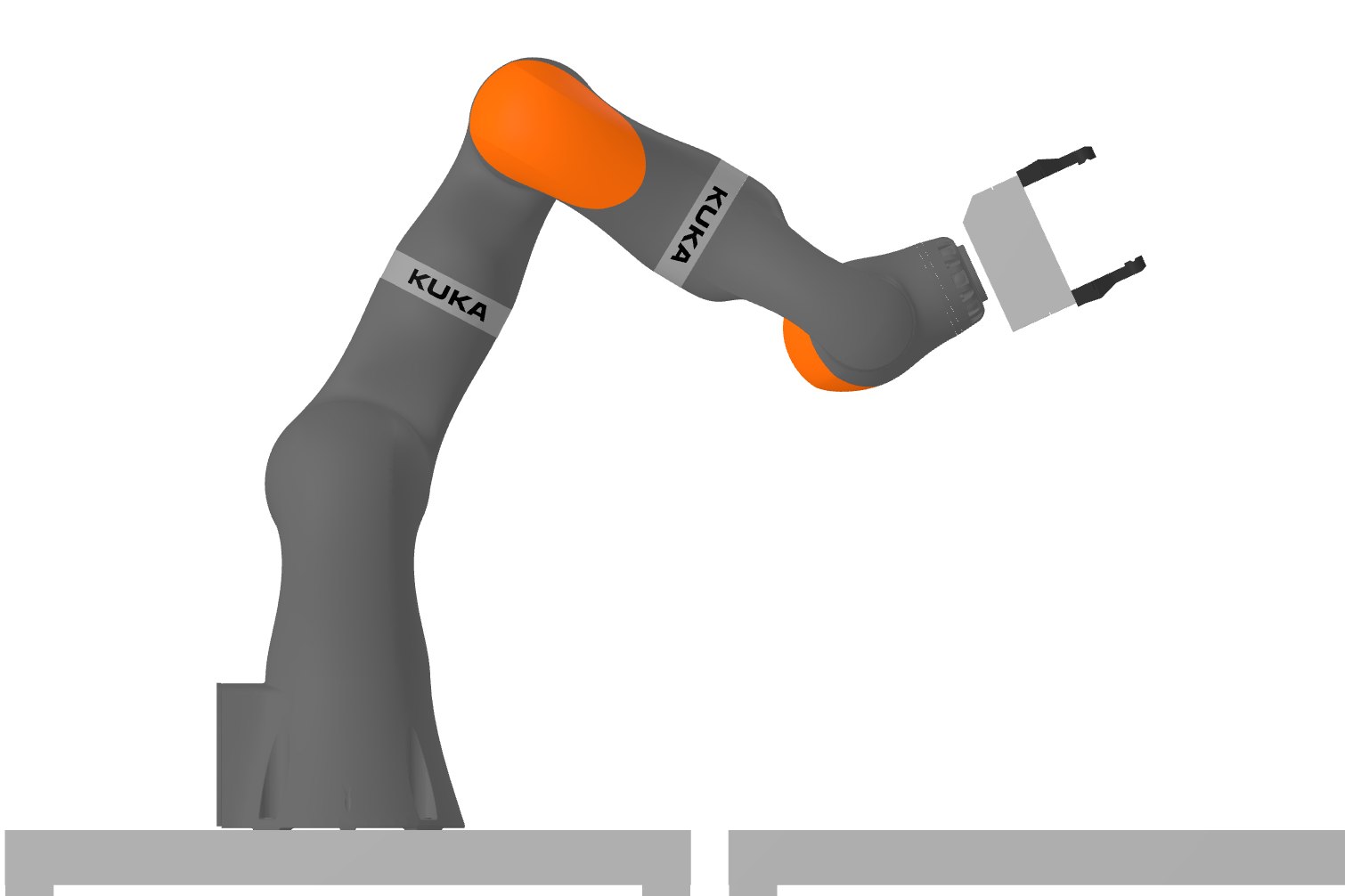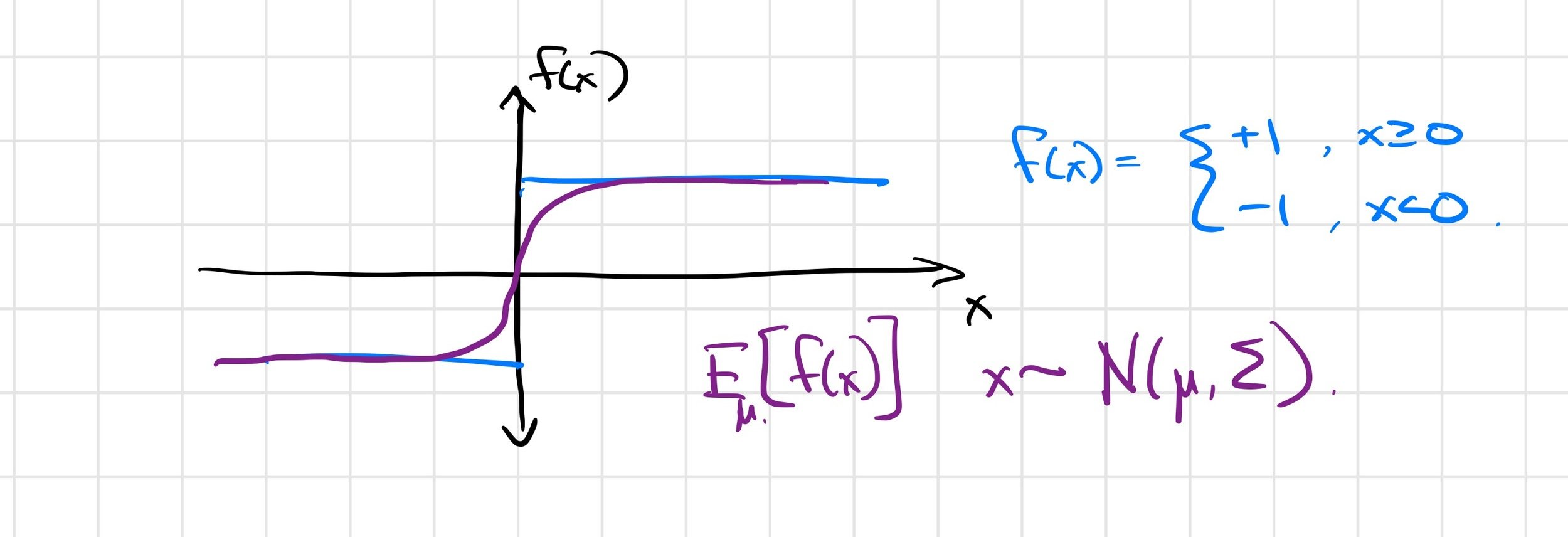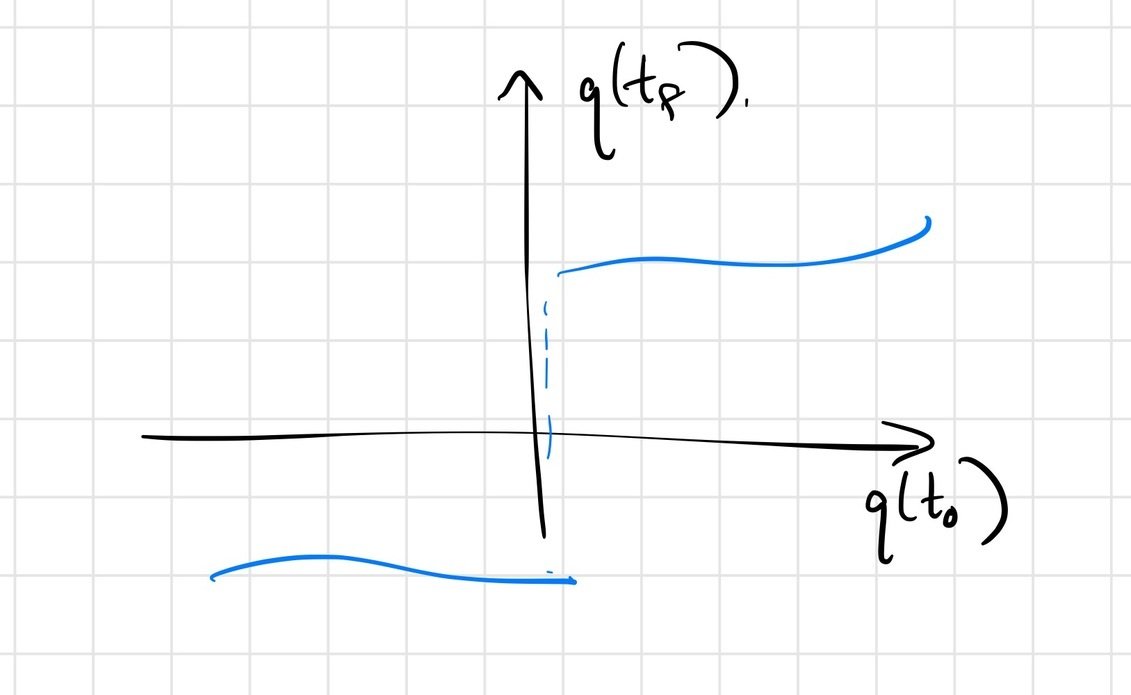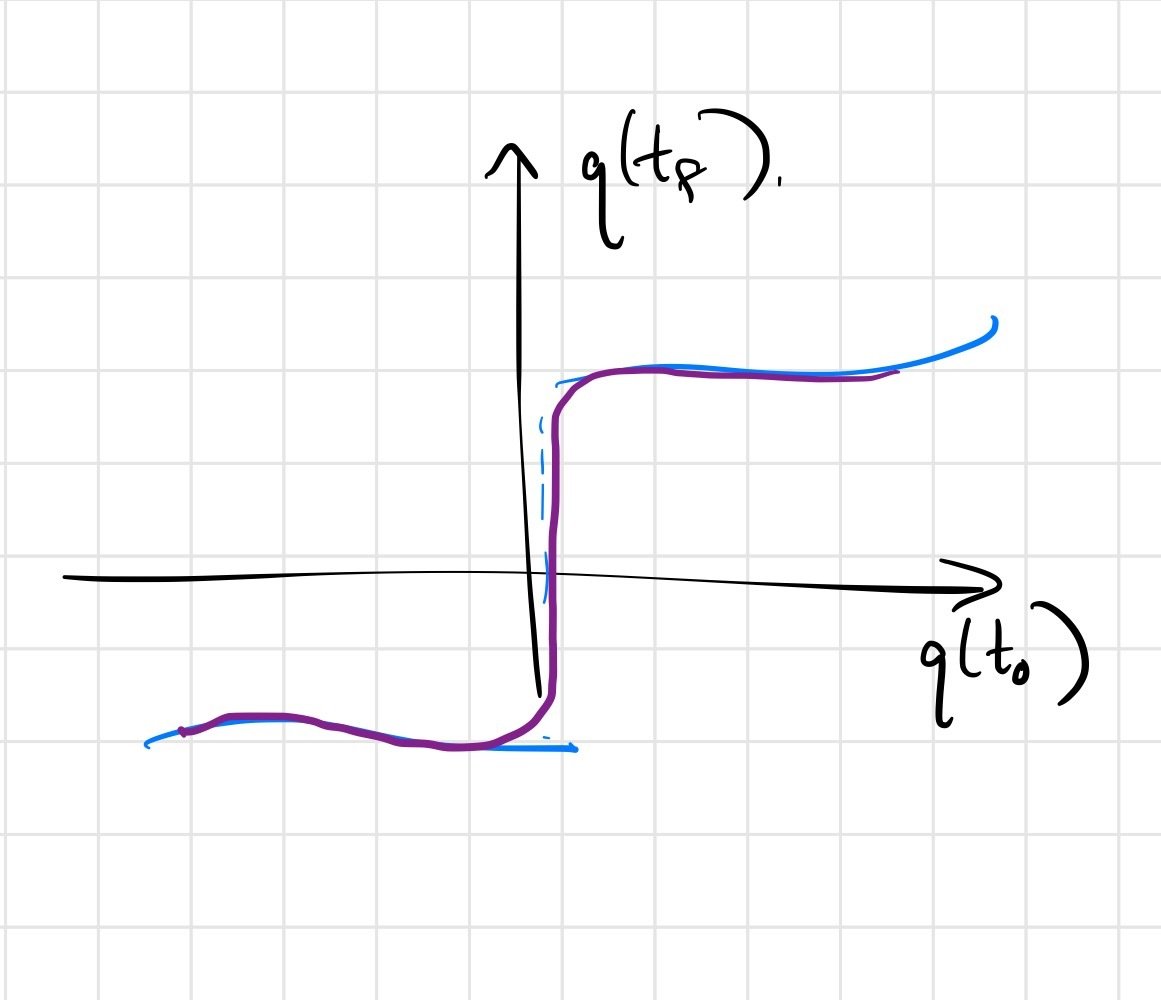Reinforcement Learning
(Part 2)

MIT 6.421:
Robotic Manipulation
Fall 2023, Lecture 20
Follow live at https://slides.com/d/HoT1aag/live
(or later at https://slides.com/russtedrake/fall23-lec20)


Beware "artificial" discontinuities

Do Differentiable Simulators Give Better Policy Gradients?
H. J. Terry Suh and Max Simchowitz and Kaiqing Zhang and Russ Tedrake
ICML 2022
Available at: https://arxiv.org/abs/2202.00817



Smoothing with stochasticity

vs
Smoothing with stochasticity for Multibody Contact

Do Differentiable Simulators Give Better Policy Gradients?
The answer is subtle; the Heaviside example might shed some light.
vs
Differentiable simulators give \(\frac{\partial f}{\partial \theta}\), but we want \(\frac{\partial}{\partial \theta} E_w[f(\theta, w)]\).
Randomized smoothing
J. Burke, F. E. Curtis, A. Lewis, M. Overton, and L. Simoes, Gradient Sampling Methods for Nonsmooth Optimization, 02 2020, pp. 201–225.
- Approximate smoothed objective via Monte-carlo : \[ E_\mu \left[ f(x) \right] \approx \frac{1}{K} \sum_{i=1}^K f(x_i), \quad x_i \sim \mathcal{N}(\mu, \Sigma) \]
- First-order gradient estimate \[ \frac{\partial}{\partial \mu} E_\mu \left[ f(x) \right] \approx \frac{1}{K} \sum_{i=1}^K \frac{\partial f(\mu + w_i)}{\partial \mu}, \quad w_i \sim \mathcal{N}(0, \Sigma) \]
- Zero-order gradient estimate (aka REINFORCE) \[ \frac{\partial}{\partial \mu} E_\mu \left[ f(x) \right] \approx \frac{1}{K} \sum_{i=1}^K \left[f(\mu + w_i) - f(\mu)\right] w_i, \quad w_i \sim \mathcal{N}(0, \Sigma) \]
Lessons from stochastic optimization
- The two gradient estimates converge to the same quantity under sufficient regularity conditions.
- Convergence rate scales directly with variance of the estimators, zero-order often has higher variance.
But the regularity conditions aren't met in contact discontinuities, leading to a biased first-order estimator.
Often, but not always.
Example: The Heaviside function
\(\frac{\partial f(x)}{\partial x} = 0\) almost everywhere!



\( \Rightarrow \frac{1}{K} \sum_{i=1}^K \frac{\partial f(\mu + w_i)}{\partial \mu} = 0 \)
First-order estimator is biased
\( \not\approx \frac{\partial}{\partial \mu} E_\mu [f(x)] \)
Zero-order estimator is (still) unbiased
What about smooth (but stiff) approximations?


- Continuous yet stiff approximations look like strict discontinuities in the finite-sample regime.
- In the paper, we formalize "empirical bias" to capture this.
First-order estimates can also have high variance
e.g. with stiff contact models (large gradient \(\Rightarrow\) high variance)

First-order estimates can also have high variance

Is stochasticity essential?
Deterministic smoothing - force at a distance
Global Planning for Contact-Rich Manipulation via
Local Smoothing of Quasi-dynamic Contact Models
Tao Pang, H. J. Terry Suh, Lujie Yang, and Russ Tedrake
Available at: https://arxiv.org/abs/2206.10787



Establish equivalence between randomized smoothing and a (deterministic/differentiable) force-at-a-distance contact model.